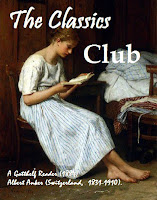The Arctic Cruise by Caroline James #Review
Pack your bags for the adventure of a lifetime… From the #1 bestselling author of The Cruise, embark on an unforgettable journey and sail through Norway’s winter wonderlands to see the spectacular Northern Lights. Will the Arctic wonderland work its magic this winter? Joy never imagined stepping aboard a cruise ship without her husband, Tom. Now widowed, Joy wonders what her voyage on the Emerald Dream will hold – and as it glides through breathtaking Norwegian fjords, she longs to believe in happiness again. However, she carries a secret that could unravel her fragile hopes if it ever came to light… Elsewhere on deck, as the sun dips below the horizon and the polar night sets in, Henry, a lifelong bachelor, is living his dream of seeing the Northern Lights. Having long since given up on love, he now dedicates himself to his passion for photography. But when he meets Joy, is it more than the aurora borealis that catches his eye? As they embark on a snow-dusted ad...







Jane Eyre is such a great book. What a nice idea, reading it to celebrate the author's birthday. I don't know if you've already read it or even if you would like it, but if you like sort of silly fantasy-mystery books that feature a healthy helping of bookish nerd stuff you might want to try Jasper Fforde's The Eyre Affair.
ReplyDeleteThanks for dropping by. I do like reading books which have been sparked off by others but I haven't read The Eyre Affair yet.
Delete